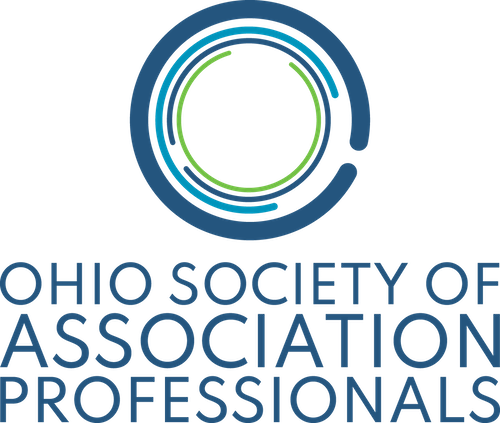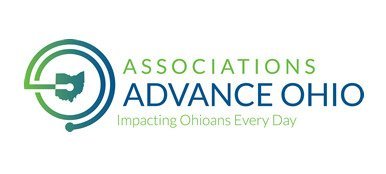Complete Story
05/15/2024
Permission Policies and Member-generated Content
Understanding if your organization needs policies to share their insights
Many associations rely on member-generated content for a wide range of projects, including social media, journals and websites. For consistency and efficiency, associations often establish policies on desired writing style and formatting; however, these policies often do not effectively cover photo usage. Establishing image permission policies can be a powerful tool to ensure that authors use images correctly, and it helps reduce liability for the association.
The Need and Benefits of Image Permission Policies
Without guidance from the association, members may not understand how to determine if a photo is copyrighted or may incorrectly assume that nonprofit status automatically grants fair use. Often, authors inadvertently attribute a photo to a secondary source or do not ensure that a license covers the intended use. The expanded use of generative AI complicates the issue even further. Mistakes, if uncorrected, may result in copyright infringement claims against the association. Many organizations monitor closely for unauthorized use of their photos, especially online, where new technology can quickly scan websites for perceived violations. Regardless of the outcome, addressing claims can cost significant time and money. It is vital that associations proactively review content to avoid this scenario. Depending on the content and staffing levels, implementing this level of scrutiny into your association’s workflow could pose a challenge. Luckily, staff time and effort can be significantly reduced by establishing policies and providing authors with the proper tools and guidance.
Policies Considerations
When creating policies, associations should consider which responsibilities would fall under staff and which would fall under an author. For example, how should an author gain permission to use an image? The answer will likely depend on your staffing level and current policies. For some associations, it may be preferable for a staff member to reach out to a copyright holder on an author’s behalf; for others, it may be more efficient for the author to gain permission as part of the content development process. In the latter scenario, the association’s next step may be creating a permission form or stock language for authors to use. Another consideration is how the process would differ if an image license needs to be purchased. Policies should also address how authors share permission information with the association. Keeping detailed information on image permissions will make verification easier and provide a paper trail if the association receives claims or questions in the future. After policies are established, associations should develop and routinely provide updated guidance to authors. Consider including information on how to find public domain images, how to find an original source of an image, how to determine copyright status, and how to cite sources correctly.
Please select this link to read the complete article from ASAE’s Center for Association Leadership.






